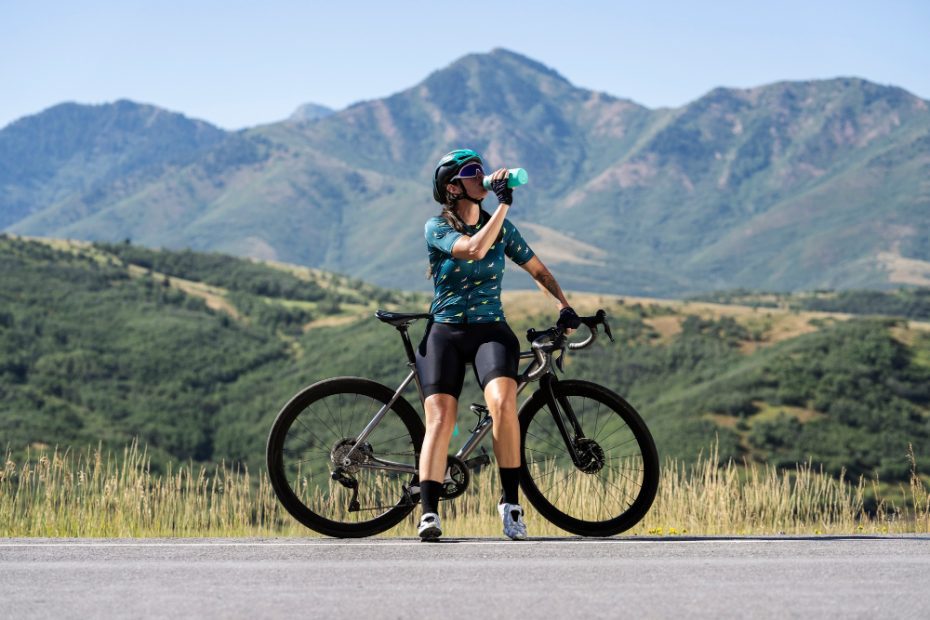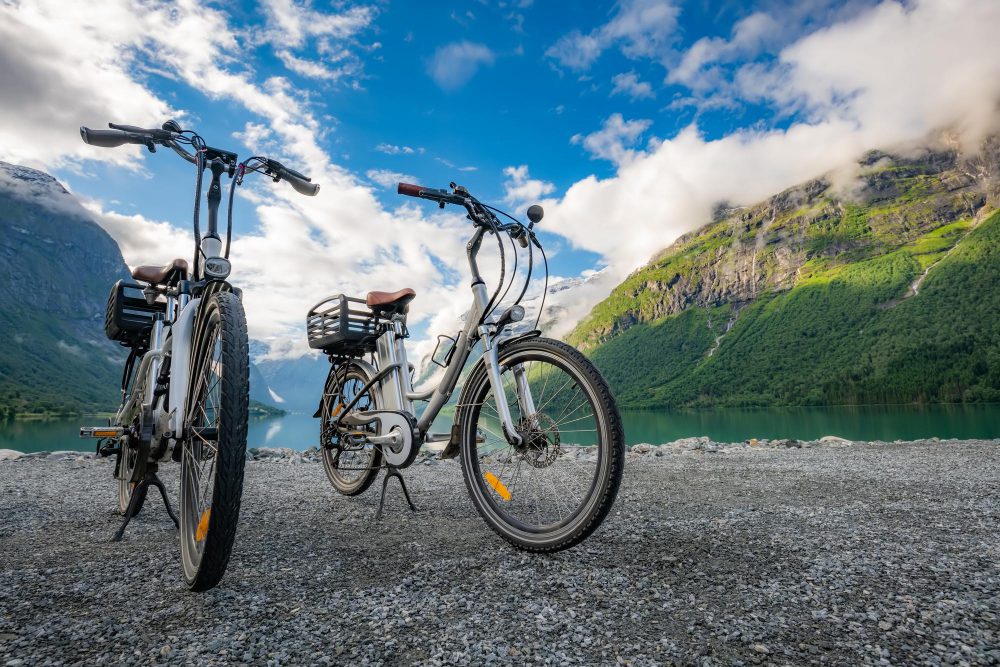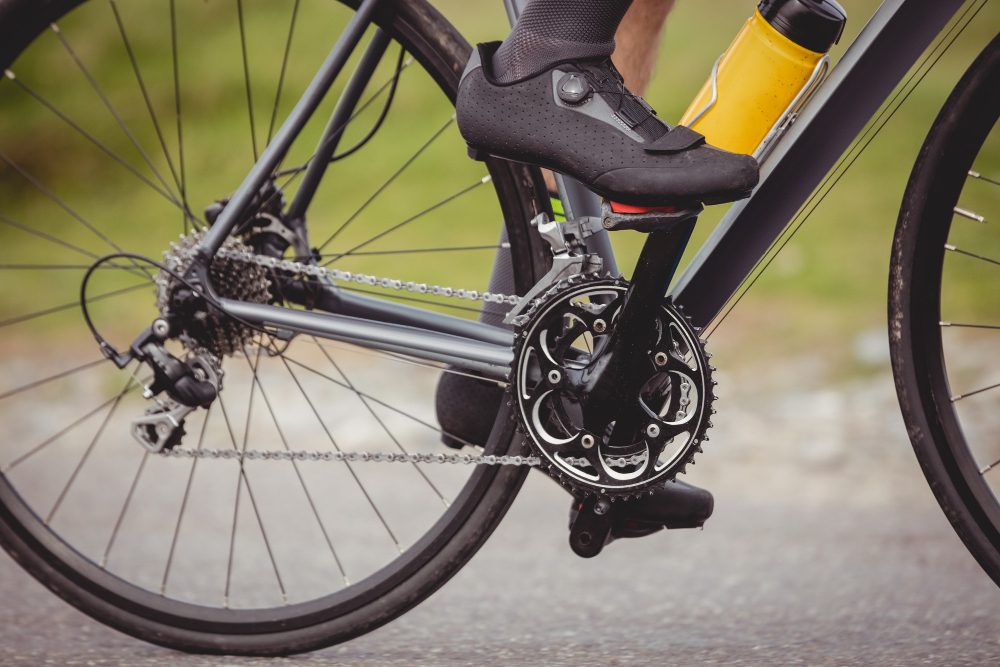What is a touring bike good for?
A touring bike is a type of bicycle that is specifically designed for long-distance cycling adventures. It is built to withstand the demands of extended trips and provides comfort, durability, and reliability for riders. Whether you are planning a solo journey across the country or a group expedition through the mountains, a touring bike can be your trusted companion. So, what exactly is a touring bike good for? Let’s explore its advantages and functionalities.
1. Long-distance travel
A touring bike is optimized for long-distance travel. It is equipped with features that make it well-suited for covering significant distances comfortably and efficiently. The bike’s geometry allows for a more upright riding position, reducing strain on the rider’s back and neck during long hours in the saddle. Additionally, the wide range of gears enables riders to tackle various terrains, including steep hills and rough roads, without excessive effort.
2. Carrying capacity
One of the key strengths of a touring bike is its ability to carry heavy loads. These bikes are designed with sturdy frames and reinforced components to handle the weight of panniers, racks, and other gear. Whether you need to carry camping equipment, clothing, food supplies, or even your beloved pet, a touring bike offers ample space to accommodate your necessities. The added stability provided by the bike’s construction ensures that your loaded bike remains balanced and safe to ride.
3. Comfort and durability
Touring bikes prioritize comfort and durability. They typically feature wider tires, which provide a softer ride and better shock absorption, helping to reduce fatigue over long distances. The frames are often made from materials like steel or titanium, known for their strength and resilience. These bikes are built to withstand the rigors of travel, offering riders peace of mind that their bike will hold up under demanding conditions.
4. Versatility
Touring bikes are versatile machines that can handle a variety of terrains and riding styles. Whether you prefer cruising on smooth roads, venturing off-road, or tackling gravel paths, a touring bike can adapt to your chosen route. With the ability to accommodate wider tires and fenders, these bikes provide excellent stability and control, ensuring a confident ride across diverse landscapes.
In summary, a touring bike is designed for long-distance travel, carrying heavy loads, providing comfort and durability, and offering versatility across various terrains. It is a reliable companion for those seeking adventure on two wheels, allowing riders to explore new horizons and embark on unforgettable journeys.
“A touring bike opens up a world of possibilities, enabling riders to discover the beauty of distant lands, challenge themselves physically, and find solace in the rhythm of the road.” – Cycling Enthusiast
Are touring bikes good for long distance?
A touring bike is specifically designed for long-distance cycling adventures, making it an excellent choice for those who enjoy going on extended journeys. Whether you’re planning a solo expedition or a group tour, a touring bike offers several features that make it well-suited for covering long distances comfortably and efficiently.
Comfort and Stability
One of the key advantages of touring bikes is their emphasis on comfort. These bikes are equipped with features like ergonomic handlebars, wider tires, and a relaxed riding position, all of which contribute to a smoother and more comfortable ride over long distances. Additionally, touring bikes typically have a longer wheelbase and a sturdy frame construction which provides increased stability, making them ideal for carrying heavy loads or tackling challenging terrains.
Durability and Reliability
Touring bikes are built to withstand the rigors of long-distance travel. They are designed using durable materials such as steel or aluminum frames, which can handle the weight of luggage without compromising the bike’s performance. These bikes also come with components that are known for their reliability and ability to withstand the demands of long rides, such as strong wheels, robust brakes, and reliable drivetrains.
Versatility and Customization
Touring bikes offer a high degree of versatility, allowing riders to customize them according to their specific needs. They typically come with multiple mounting points for racks and panniers, enabling cyclists to carry all the necessary gear for their journey. This customization option ensures riders can distribute the weight evenly and maintain stability while on the road. Additionally, touring bikes often have a wide range of gear options to accommodate varying terrains, ensuring smooth pedaling whether you’re climbing steep hills or cruising on flat roads.
Efficiency and Performance
When it comes to efficiency and performance, touring bikes excel in their ability to cover long distances with ease. The combination of a comfortable riding position, efficient gear ratios, and responsive braking systems allows cyclists to maintain a steady pace while reducing fatigue. Touring bikes are also designed to provide a smooth and stable ride, even when carrying heavy loads, ensuring a more enjoyable journey.
In summary, touring bikes are indeed an excellent choice for long-distance cycling adventures. Their focus on comfort, durability, versatility, and performance make them well-suited for covering extensive distances while providing an enjoyable and reliable experience for riders.
What are the disadvantages of touring bikes?
While touring bikes are designed to excel in long-distance journeys and provide a comfortable and versatile ride, they do have some disadvantages that riders should be aware of.
1. Weight
One of the main drawbacks of touring bikes is their weight. Due to their sturdy construction and the added features for carrying heavy loads, touring bikes can be quite heavy compared to other types of bicycles. This added weight can make them less agile and slower to accelerate, especially when riding uphill.
2. Cost
Touring bikes tend to be more expensive than regular bicycles. The additional components and specialized features required for touring, such as racks, panniers, and durable frames, contribute to the higher price tag. However, it’s important to remember that investing in a quality touring bike can provide long-term value and reliability.
3. Limited Speed
Due to their heavier weight and the focus on stability and comfort, touring bikes may not offer the same level of speed and responsiveness as lightweight road bikes or high-performance bicycles. While they are perfect for leisurely long-distance rides, they may not be the best choice for racing or fast-paced cycling events.
4. Less Maneuverability
The design of touring bikes prioritizes stability and load-carrying capacity over maneuverability. This can make them less agile when navigating tight corners or negotiating busy city streets. Riders who prioritize quick handling and responsiveness may find touring bikes to be less suited to their needs.
5. Limited Off-Road Capability
Although touring bikes are built to handle various terrains, including gravel roads and uneven surfaces, they are not designed for extreme off-road trails or mountain biking. The tires and suspension systems on touring bikes are generally more suited for smooth or moderately rough surfaces, making them less suitable for intense off-road adventures.
Despite these disadvantages, touring bikes remain a popular choice among cyclists who prioritize long-distance comfort, durability, and the ability to carry heavy loads. As with any type of bicycle, it’s important to consider your specific needs and preferences before making a purchase decision.



